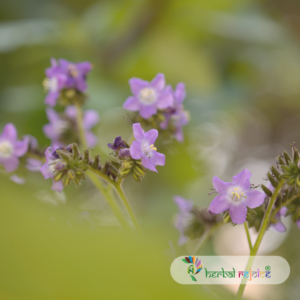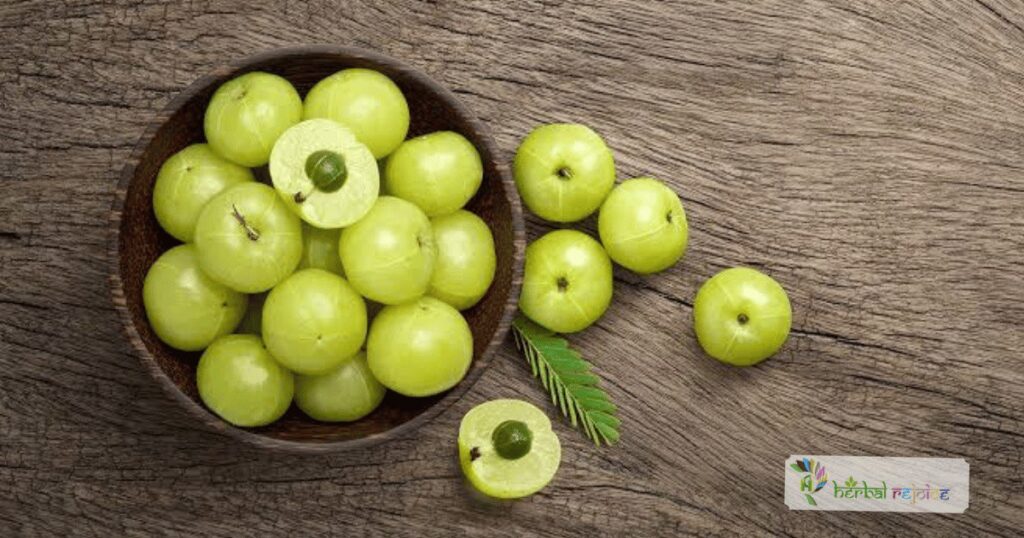Introduction
Wigandia caracasana Kunth, commonly known as Wigandia, is a plant belonging to the Hydrophyllaceae family. Native to tropical America, this plant has been introduced into Indian gardens for its medicinal properties. The leaves and branch tips of Wigandia caracasana are known for their therapeutic effects on various health conditions, including rheumatism, whooping cough, and respiratory problems.
Medicinal Uses
Traditional medicine incorporates this plant in the form of a decoction, obtained by boiling the leaves and branch tips. This decoction has been used for centuries to alleviate symptoms associated with rheumatism. Rheumatism is a condition characterized by pain, inflammation, and stiffness in the joints and muscles. The therapeutic properties of Wigandia caracasana make it an effective remedy for providing relief from these discomforts.

Additionally, the decoction of Wigandia caracasana leaves and branch tips has also shown promising effects in the treatment of whooping cough and respiratory problems. Whooping cough, also known as pertussis, is a highly contagious respiratory infection, mainly affecting children. The active compounds present in Wigandia caracasana help reduce the severity and duration of the symptoms, promoting faster recovery. Moreover, its use in respiratory problems such as bronchitis and asthma may alleviate coughing and breathing difficulties.
Antimicrobial Activity
Apart from its traditional uses, recent studies have investigated the medicinal potential of Wigandia caracasana leaves through solvent extraction. Various solvents were used, including ethanol, acetone, and n-hexane. The results showed that these solvent extracts exhibited antimicrobial activity specifically against Gram-positive bacteria. Gram-positive bacteria are responsible for various infections, including skin and respiratory infections. The presence of bioactive compounds in Wigandia caracasana leaves makes it a potential natural alternative for combating bacterial infections.
Conclusion
In conclusion, Wigandia caracasana Kunth, a member of the Hydrophyllaceae family, has been widely used in traditional medicine for its therapeutic properties. The decoction derived from its leaves and branch tips has been employed to alleviate symptoms associated with rheumatism, whooping cough, and respiratory problems. Moreover, solvent extracts from the leaves have shown antimicrobial activity against Gram-positive bacteria. This plant thus holds promising potential for the development of natural remedies for various health conditions. Further research and exploration of its chemical composition are necessary to fully understand and utilize its medicinal benefits.


